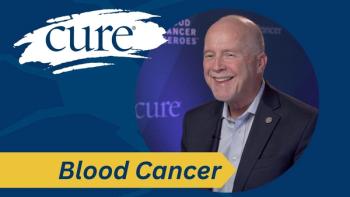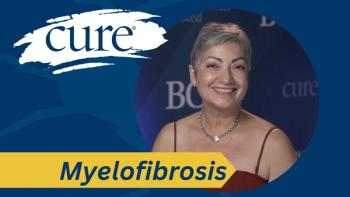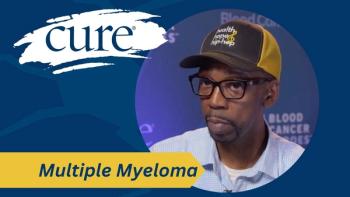
Image Visualization Helped Complement My Cancer Treatment
A cancer survivor, who is in her 14th year of remission, recalls how image visualization complemented her cancer treatment and suggests the practice may help others.
The oncologist diagnosed me with stage 3 breast cancer. I felt flung into icy waters.
Cancer hyphenated my life into “Before” and “After” eras. The “Before” era saw a confident, energetic 58-year-old professor travelling widely. The “After” era, however, saw a sick, diffident, depressed woman. The year was 2007.
More troubling than the treatment comprising radical mastectomy, six cycles of chemotherapy, 33 cycles of radiation, side effects like mouth ulcers, nausea, weakness, was the continuous fear of recurrence and death that boxed me in.
I spoke with my doctor. He advised me to attend support group meetings. Before meeting survivors in person, I looked for cancer survivors on the internet. It delighted me to find several patients with cancer who’d survived more than a decade. Encouraged, I read some first-person narratives to understand their victory over the disease.
One narrative particularly inspired me. It was from a survivor who, shortly after her treatment, discovered five small tumors below her collarbone. The doctor planned to excise them. In the meantime, she began meditating and imagining her tumors shrinking and leaving her body. When her doctor tested her on the next visit, it shocked him to see the tumors weren’t there. The survivor said she’d made it a routine to visualize her body as healthy. This was the 18th year she was in remission. Preposterous as this story seems, there’s also the case of 73-year-old David Seidler, the screenplay writer for “The King’s Speech” which won an Oscar. Seidler was diagnosed with cancer but he described on
I’d also
Athletes such as
I am trained in meditation techniques, including image visualization. Along with treatment, I began including visualization in my daily meditation practice. I pictured
Image visualization is self-hypnotic meditation that dates to the 13th or 14th century. Visualization means creating an image of a desired goal. Meditation practitioners know how to make mental images of peaceful scenes of nature and spend time there to de-stress. In visualization, the neurons in our brains can interpret imagery as equivalent to real life action through practice until the new connection disrupts the old script and alters the brain structure and the neural structures.
Science hasn’t officially confirmed the use of guided visualization in healing, although it has undertaken over 3,000 scientific studies on the effect of meditation on disease. A peer-reviewed report published by the United States
With training, you can practice visualization at home. I’ve used it daily to “see” my body as healed. This is my 14th year since the treatment. My cancer has gone into a spontaneous remission. Since the transformation happens in the subconscious mind, its effect is lasting. Unlike the conscious mind which argues and chooses, the subconscious mind cannot reason. It accepts your suggestions unquestioningly and acts under their instructions.
I firmly believe image visualization can help every patient with cancer. You can safely complement it with your cancer treatment. It’ll fill you with optimism and hope as you picture health over disease and find happiness over depression.
For more news on cancer updates, research and education, don’t forget to




